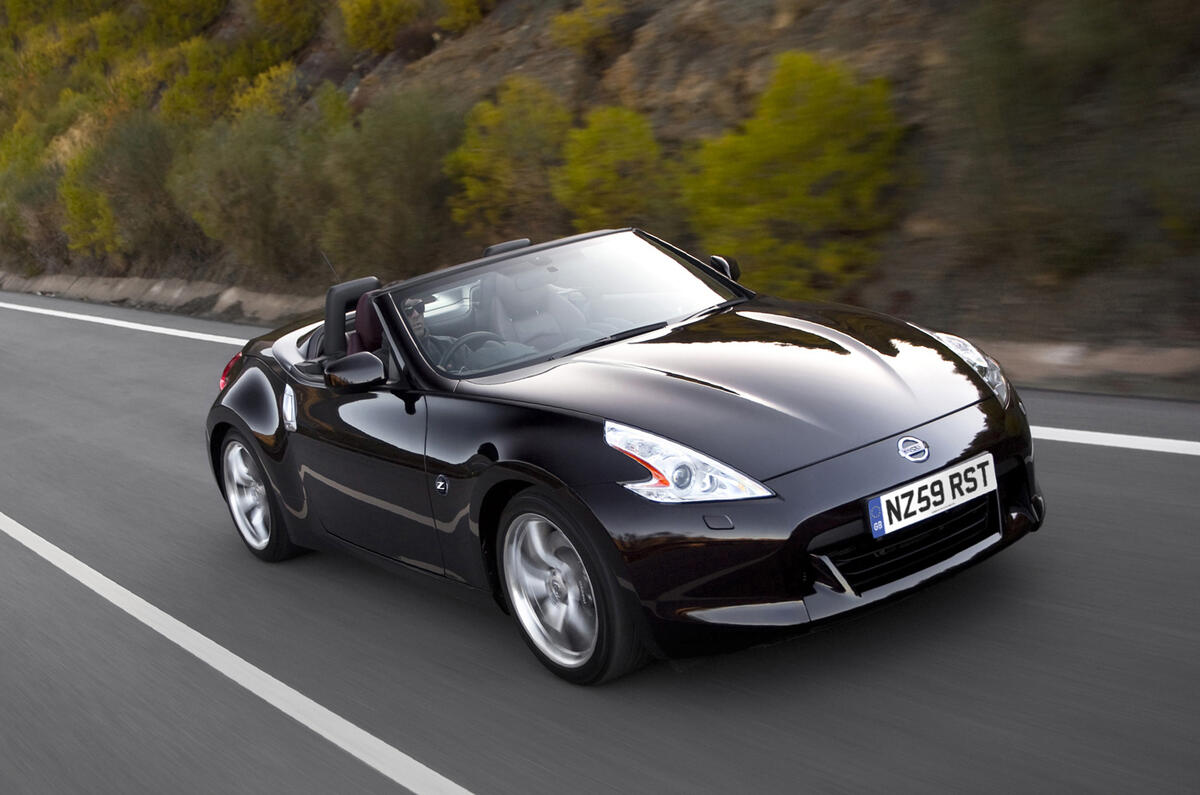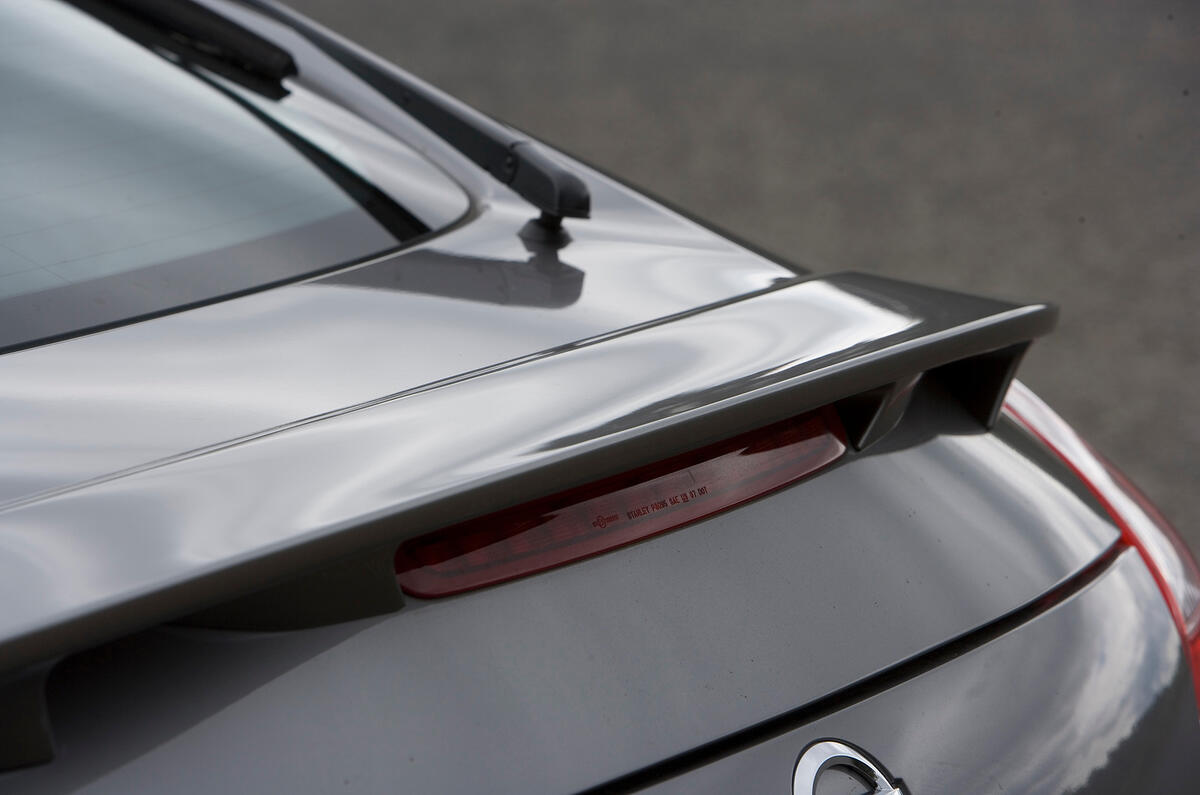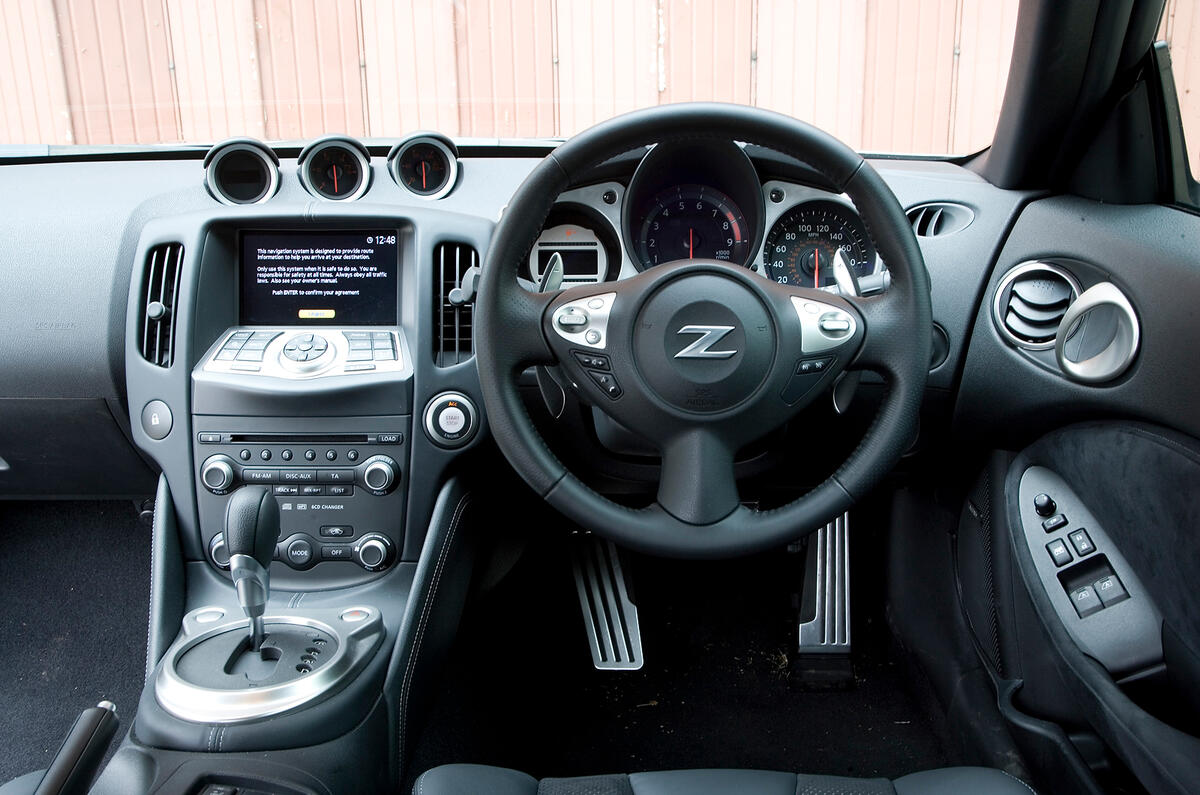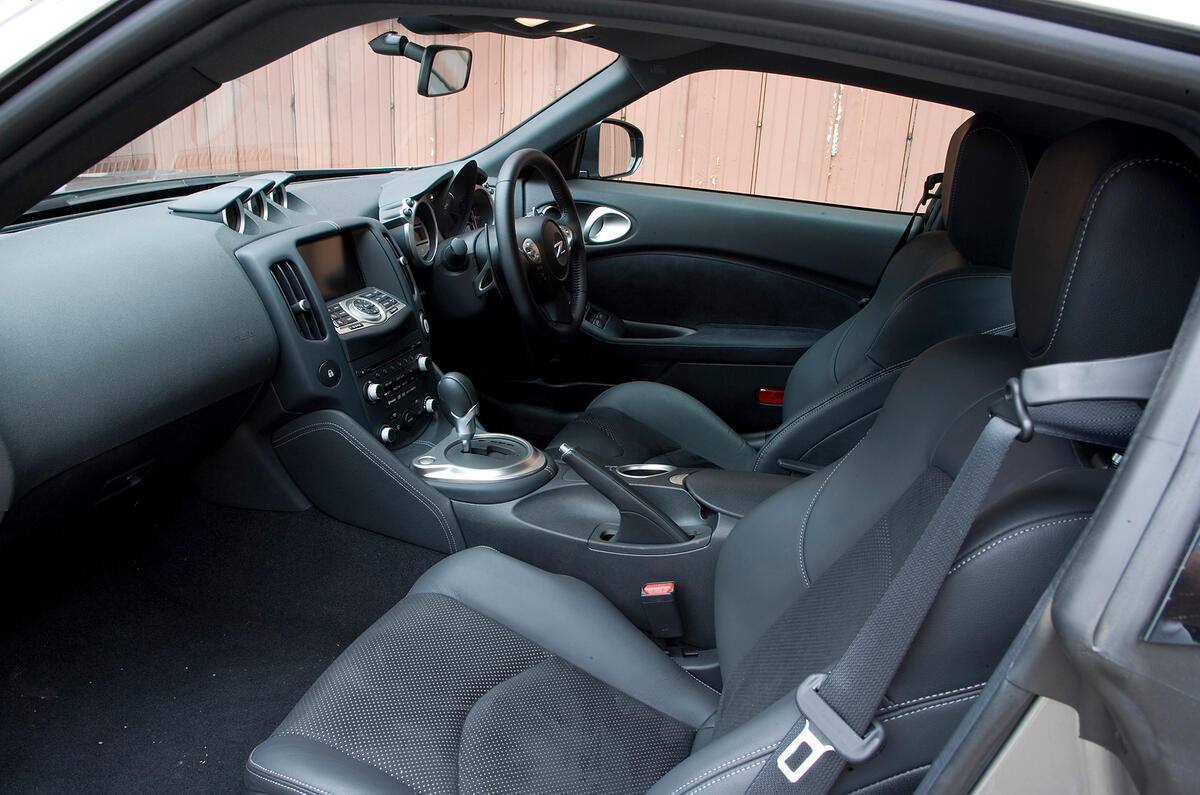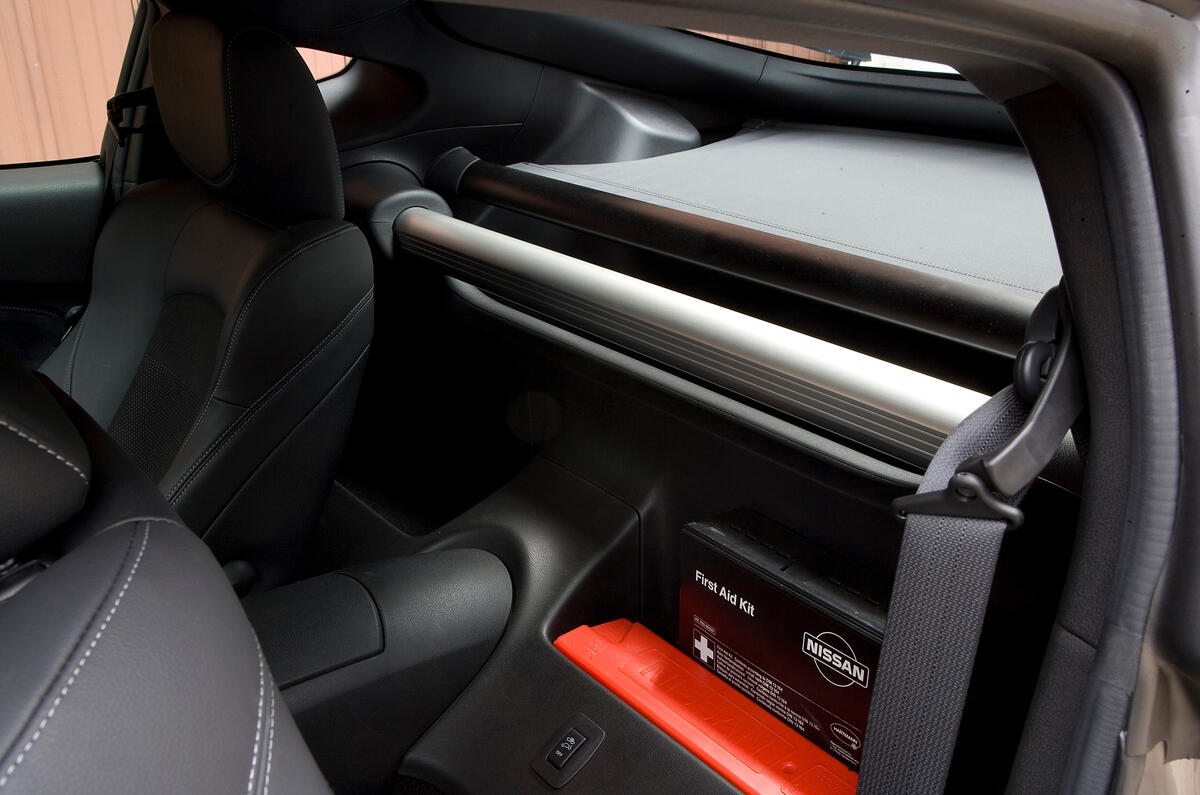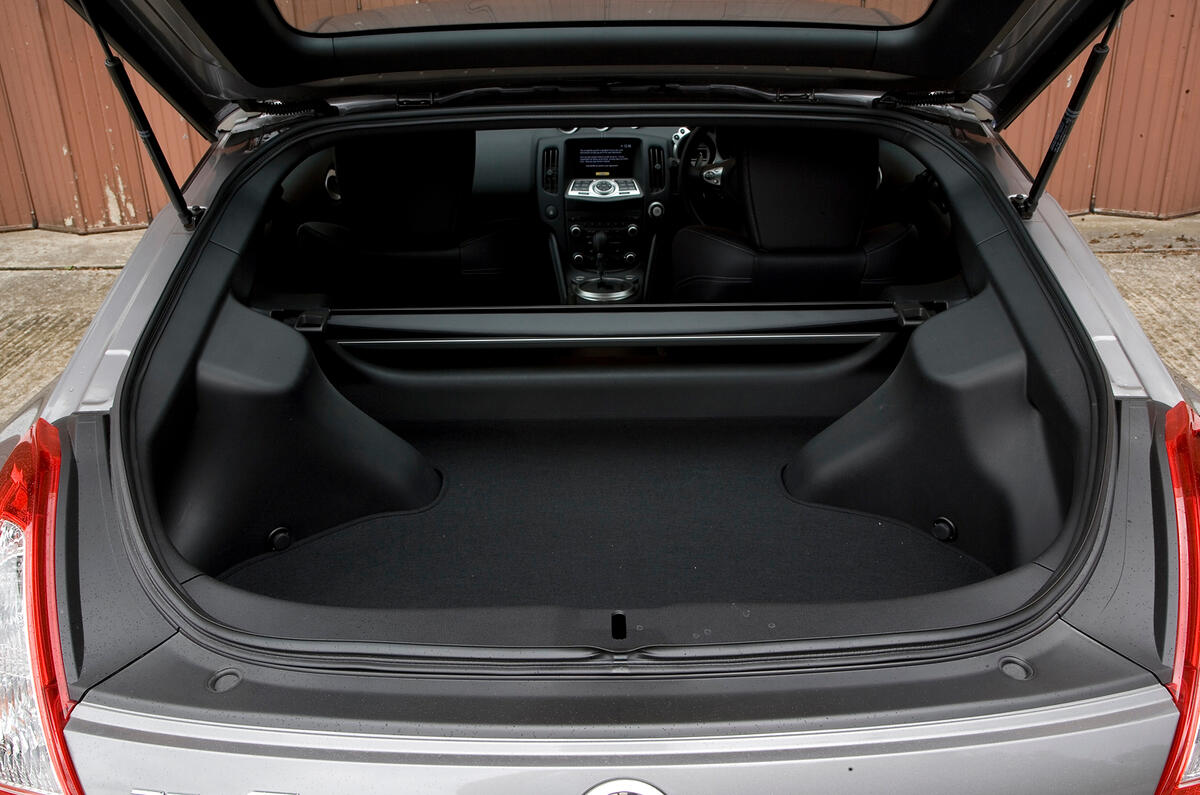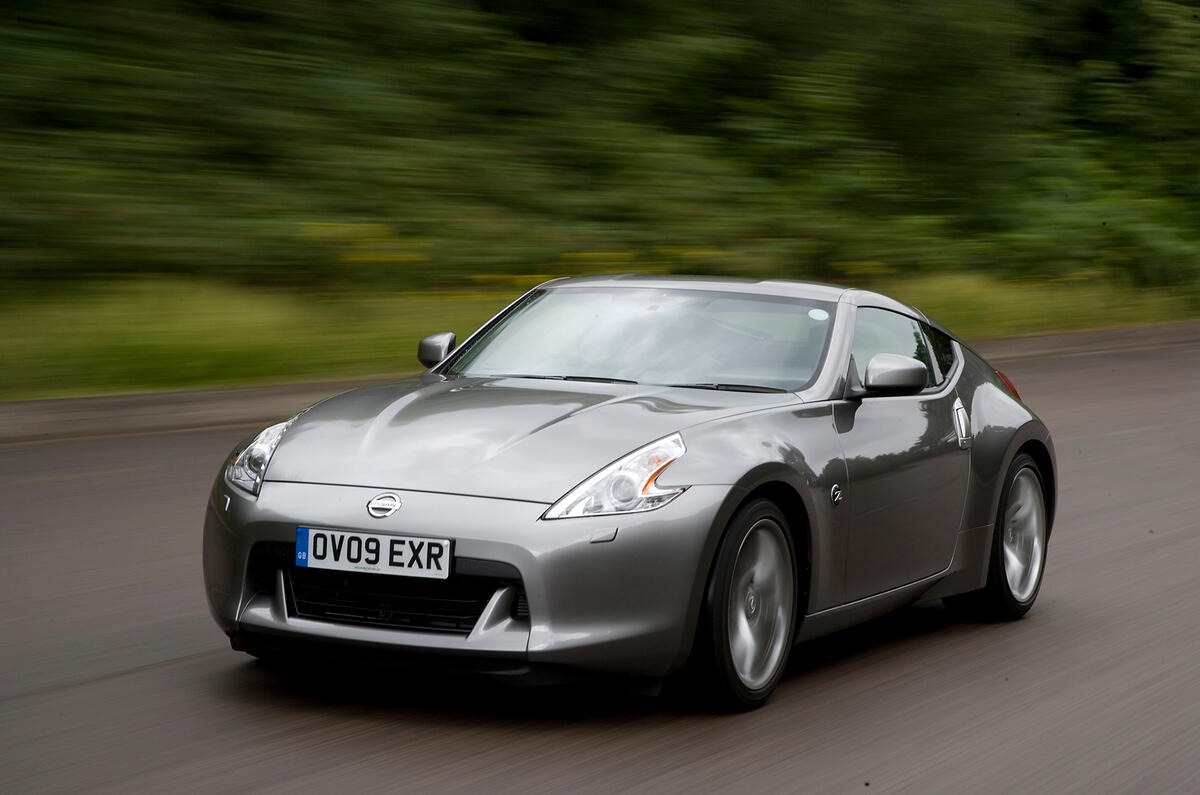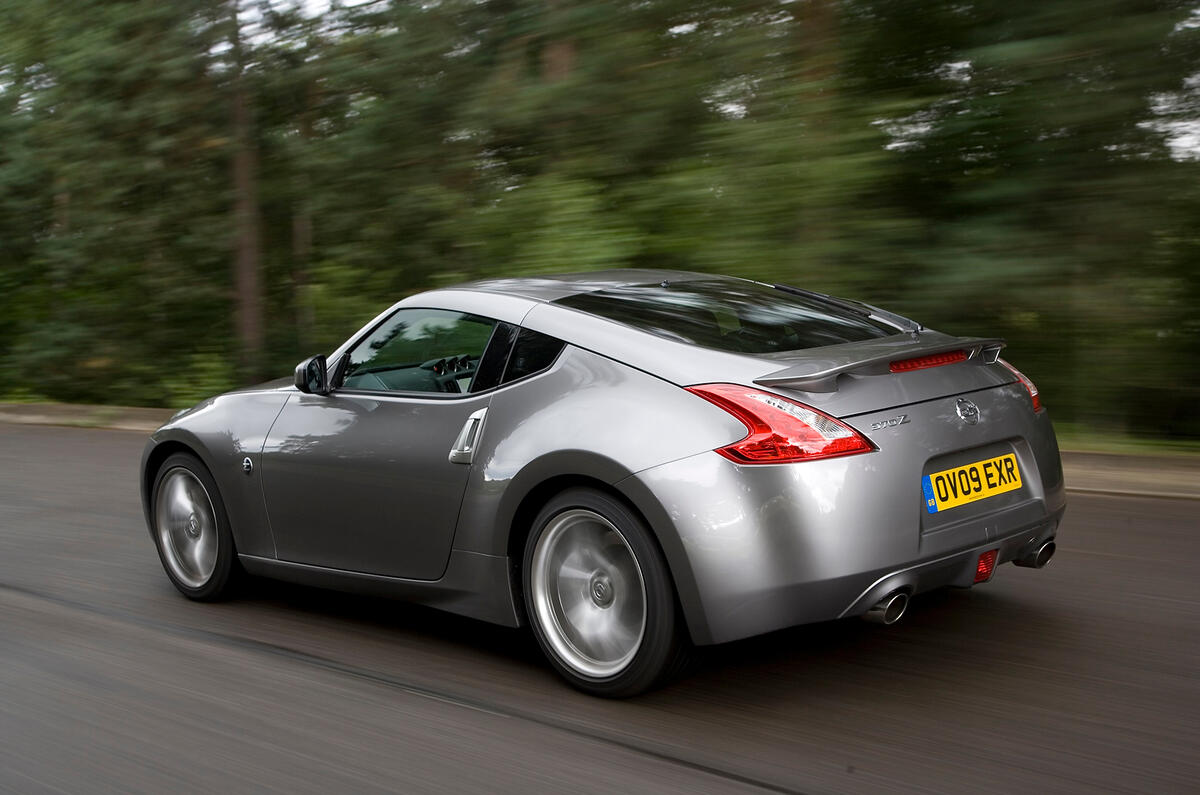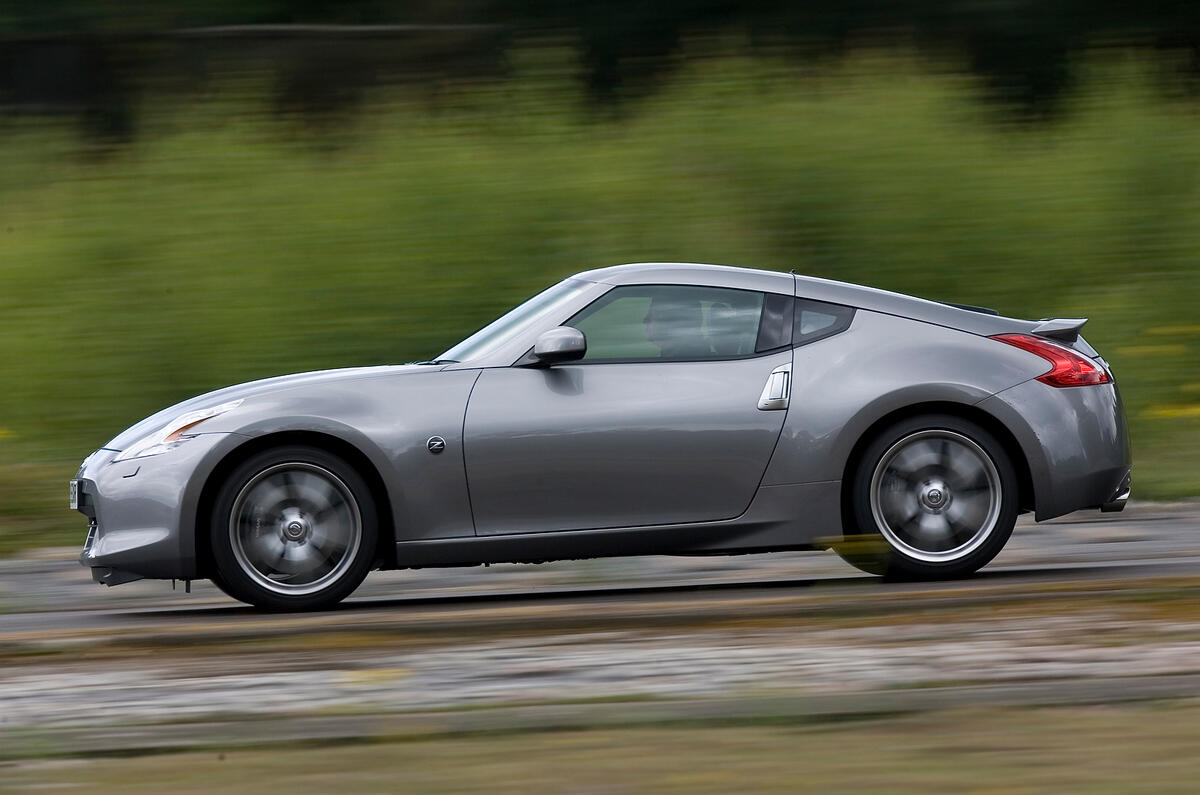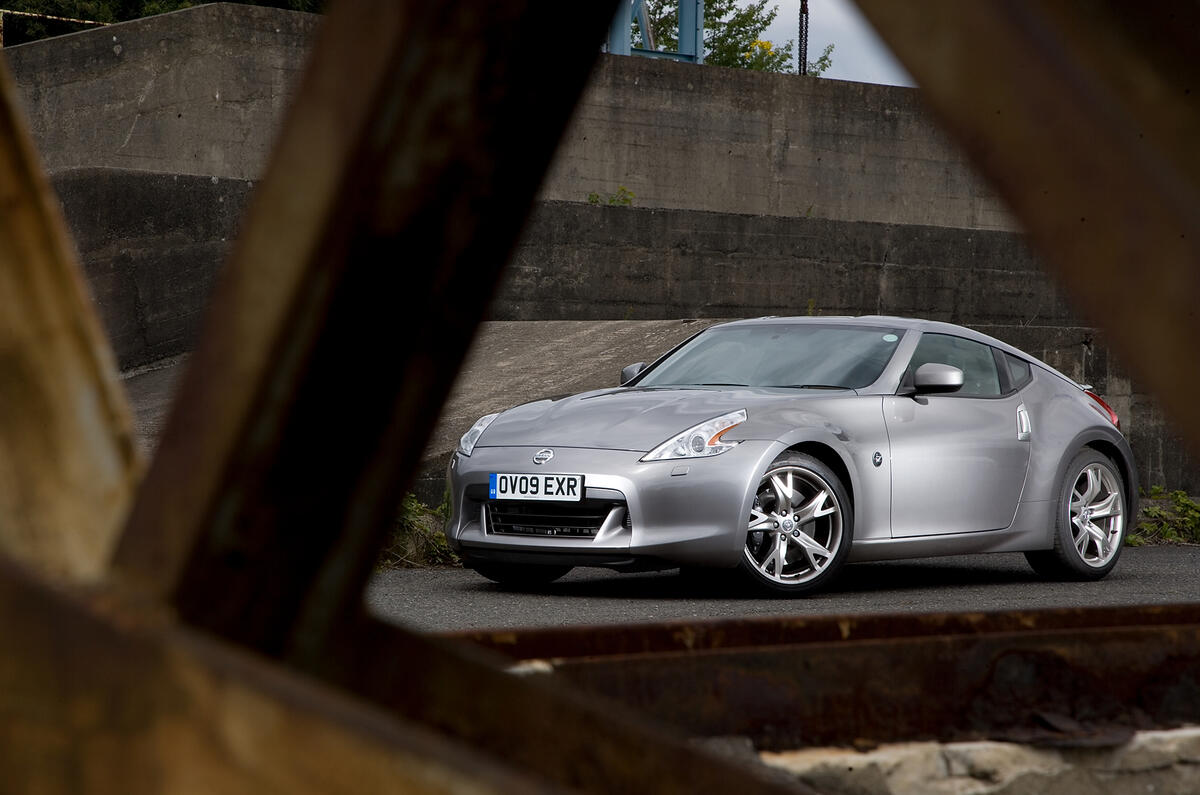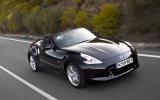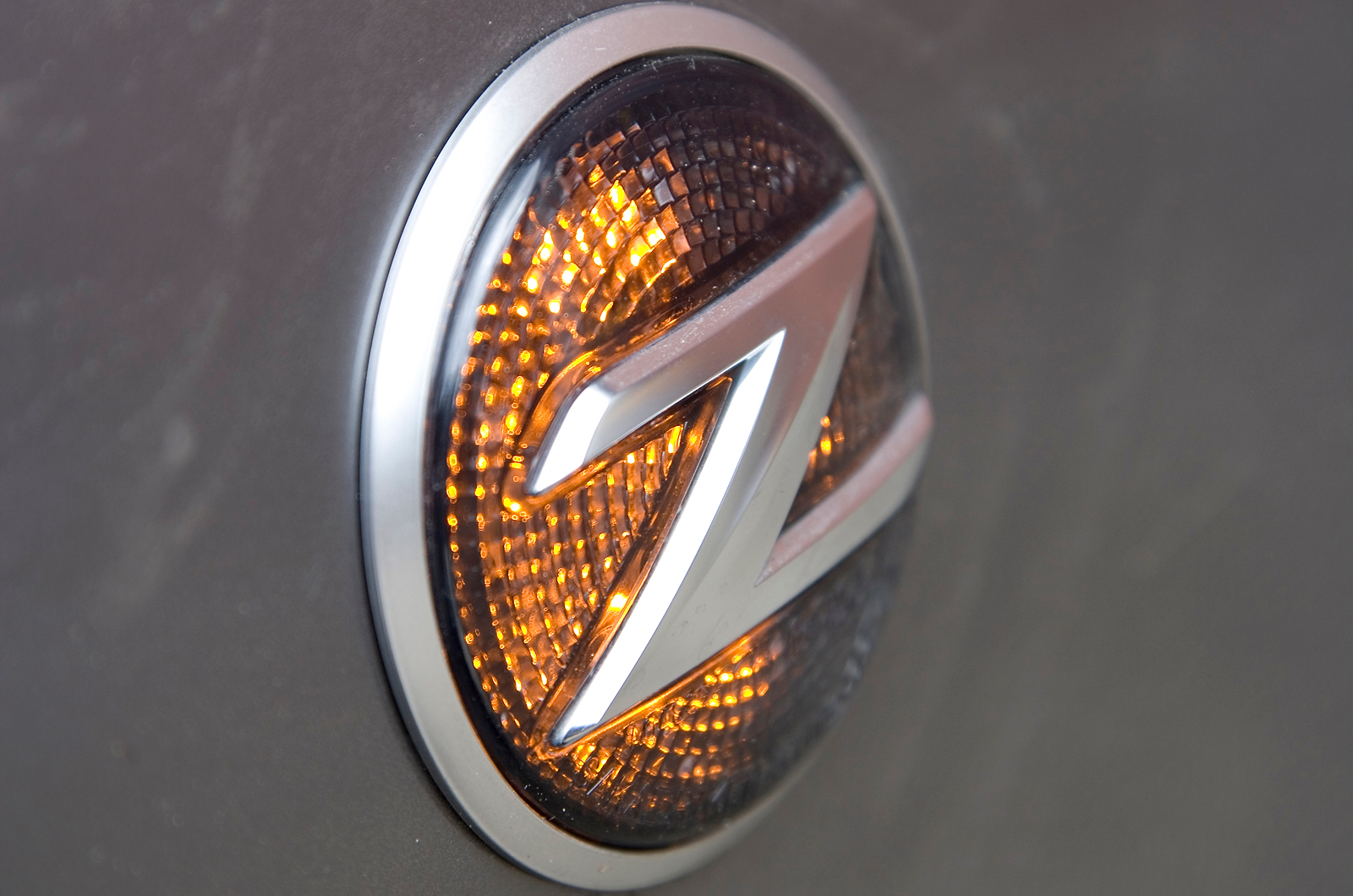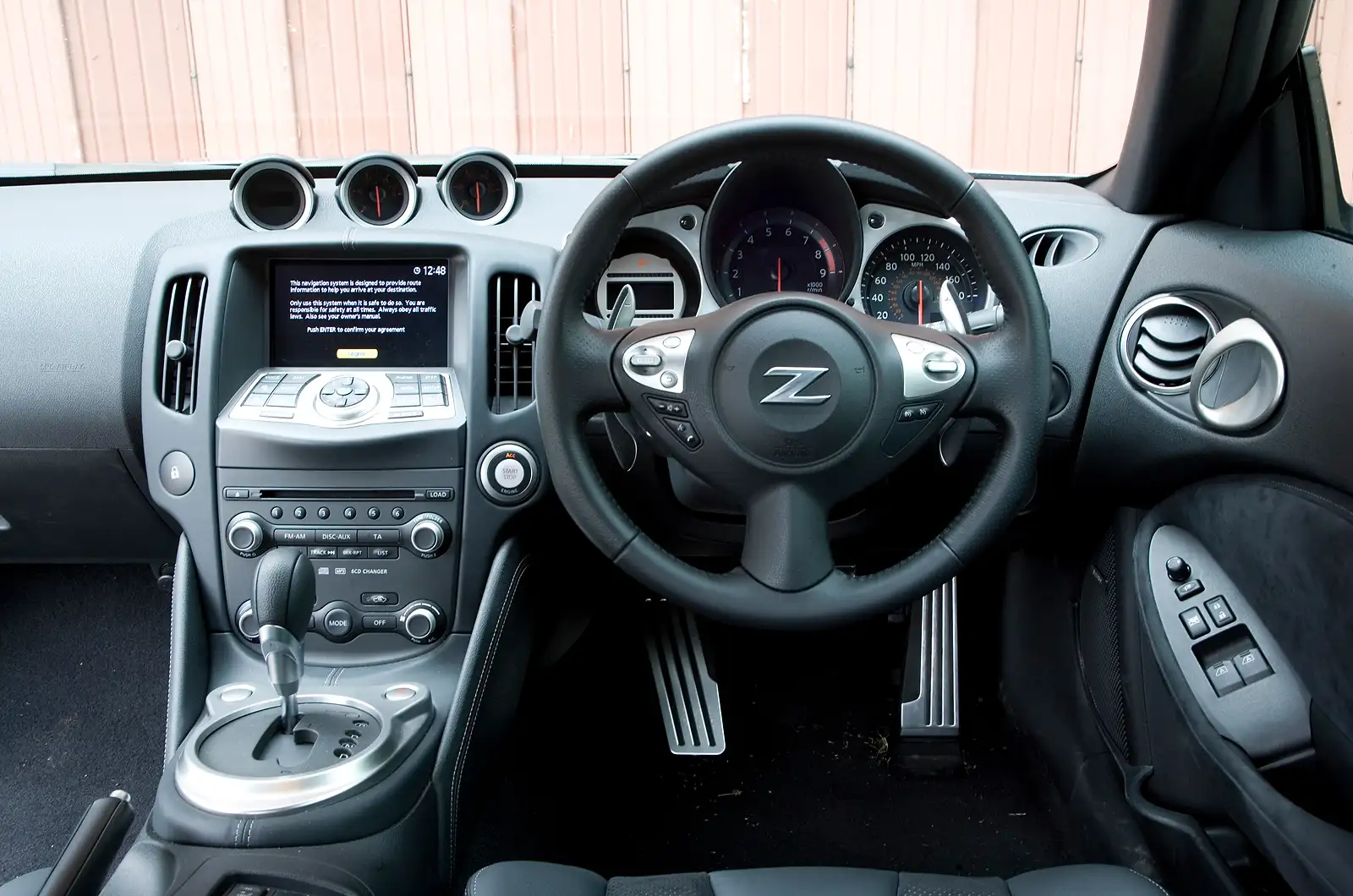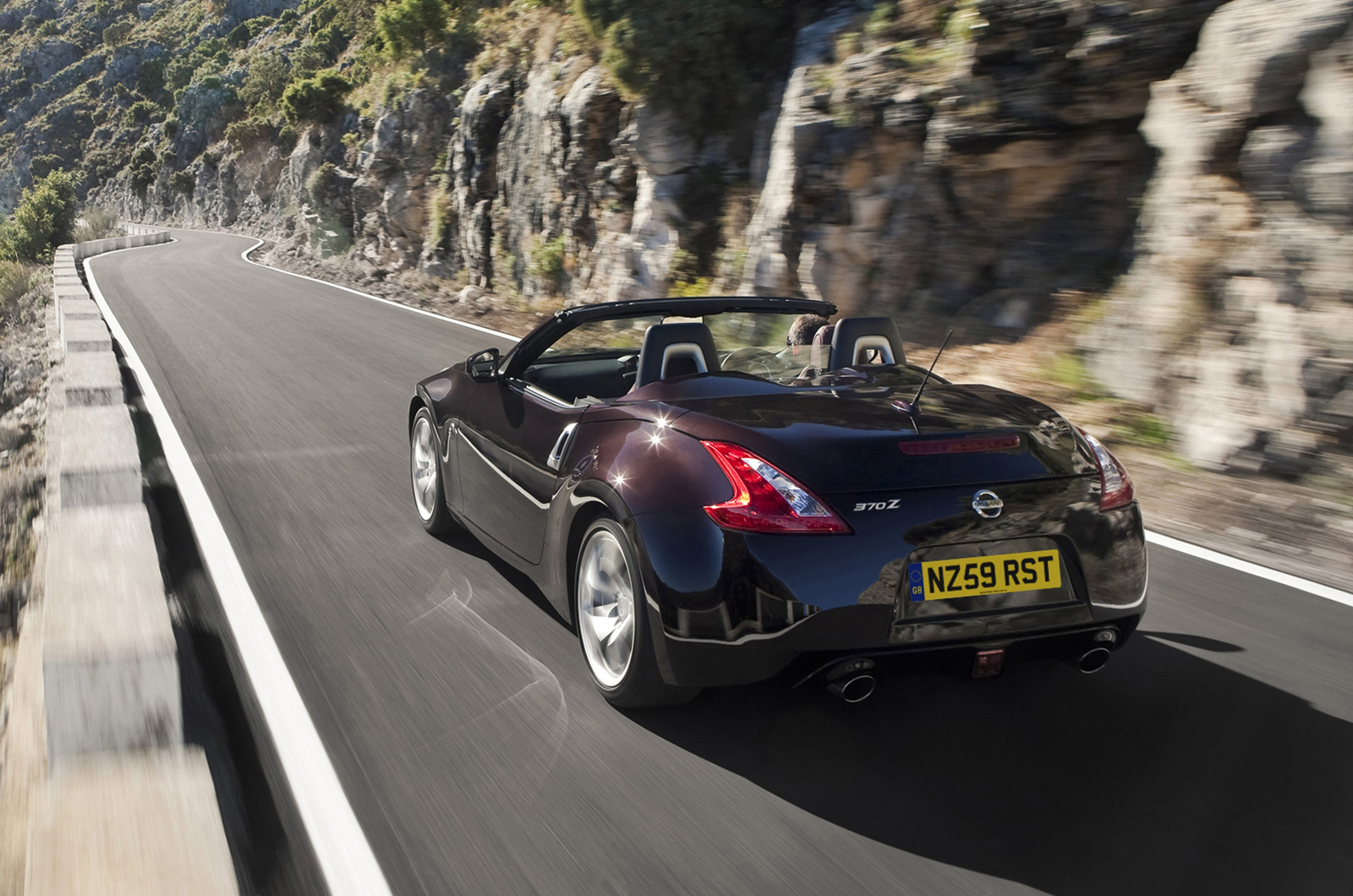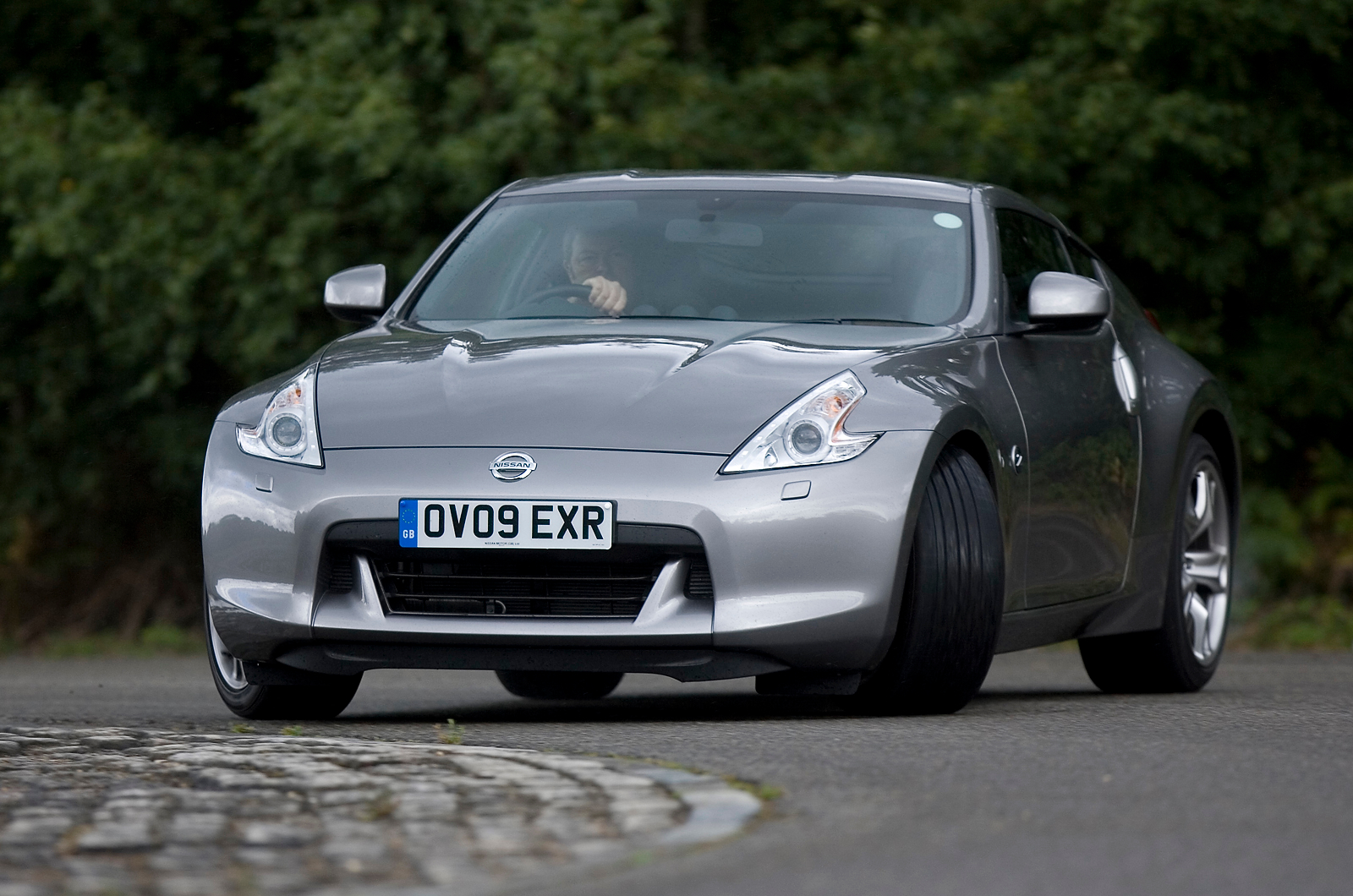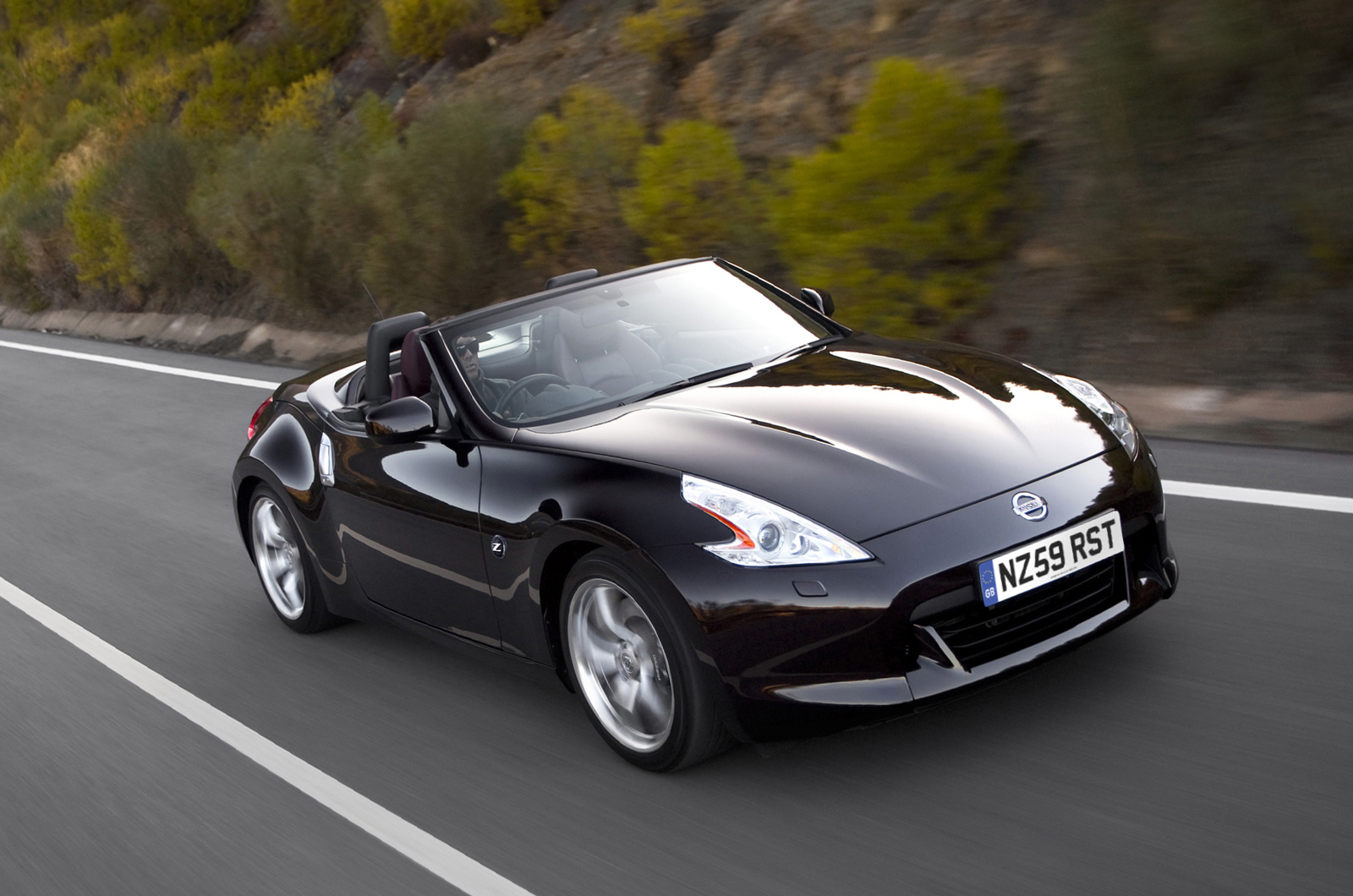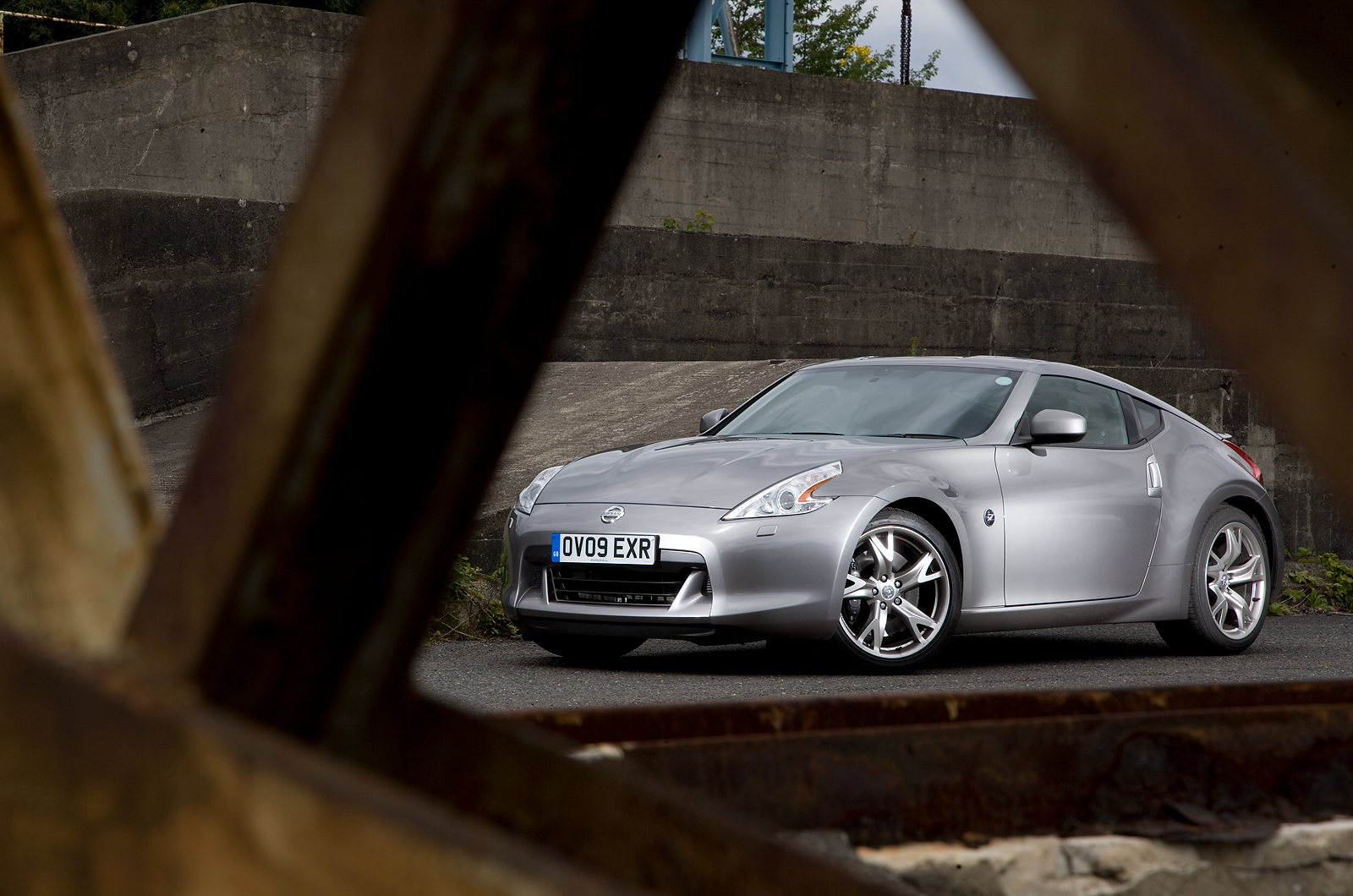The Nissan 370Z has a lineage that goes back to the Datsun 240Z of 1969. This was Nissan’s first bespoke sports car aimed specifically at the US market, and it went down a storm, with good looks, reliability and a muscular straight six engine.
Many Z-cars followed, including the excellent twin-turbo 300ZX of 1989. When the 350Z was launched in 2003, it revived the original Zed idea and hit the spot again. The 370Z is very much a natural development of the 350Z.
Both in its spirit and in its execution, the Nissan 370Z is very much a natural progression from the old, much-loved 350Z. Although its styling is more modern and arguably more striking than before, it clearly emanates from the same gene pool and has similar proportions to those of its predecessor.
You could easily make the assumption that Nissan has adhered to an age-old rule of car design in this instance – the one that says that if it ain’t broke, don’t fix it. Except that there are several important areas in which Nissan has improved the 370Z, mainly to make it better and/or less raucous to drive.
As a result, there is a 3.7-litre V6 engine in the nose, producing 323bhp while the Nismo-tuned version gets 339bhp, with all three attached to a six-speed manual while the GT and Nismo is available with a seven-speed paddle-shift automatic gearbox.
Nissan claims also to have improved the Zed’s refinement in every respect. At the same time, however, the company has tried hard to keep the old car’s unashamedly butch personality intact. What also remains is the car’s value – it offers plenty of power per pound.


